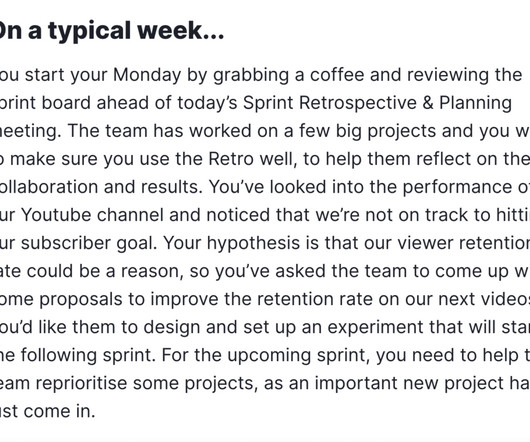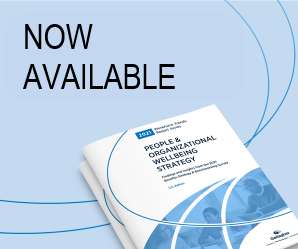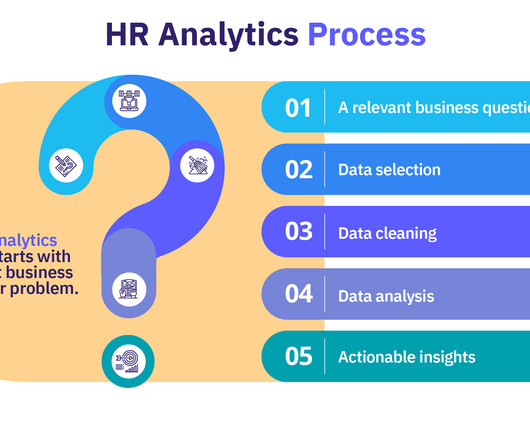Understanding the Difference Between Culture Surveys and Employee Engagement Surveys
DecisionWise
APRIL 26, 2024
We are often asked to explain the difference between a culture survey and an employee engagement survey. Difference between a Culture Survey and an Employee Engagement Survey A culture survey focuses on understanding the organization’s values, beliefs, and practices. Organizations that focus on service and care.























































Let's personalize your content